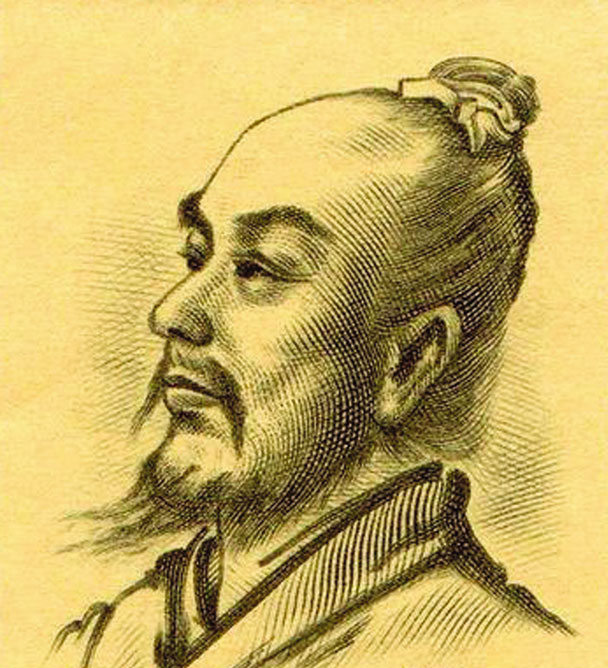The first seismograph was more interesting to look at than present-day models: It had a doomed cover, and the outer surface was ornamented with antique seal characters and designs of mountains, tortoise, birds and animals. Outside the vessel there were eight dragon heads each one holding a bronze ball in its mouth, while round the base there sat eight toads with their mouths open, ready to receive any ball which the dragons might drop (see above photo).

The inventor was Zhang Heng (78–139 AD) (see photo) of Law Yarng, then capital of China. He was also the genius that made a model propeller aircraft and differential gearing. Inside a seismograph there was delicately balanced column which rocked during a quake and operated a mechanism along one of eight directional tracks. One dragon then vomited a ball into the mouth of the toad facing it, and a machine made a loud noise to alert the observers. The earthquake direction was known by which toad had received a ball. By following the direction one knew where the earthquake was.
When this was verified by the facts there was an almost miraculous agreement. On one occasion one of he dragons let fall a ball from its mouth though no perceptible shock could be felt – but several days later a messenger arrived bringing news of an earthquake in Lung His 700 kilometers away!
The recording seismograph was perfected at the end of 19th century. On April 27, 1894 the British inventor Charles Howard Darwin observed the tremors of an earthquake in Greece from Birmingham, England, with seismograph systems he had developed using a pendulum which could detect vibrations. As the pendulum moved, the attached stylus recorded waves on paper.